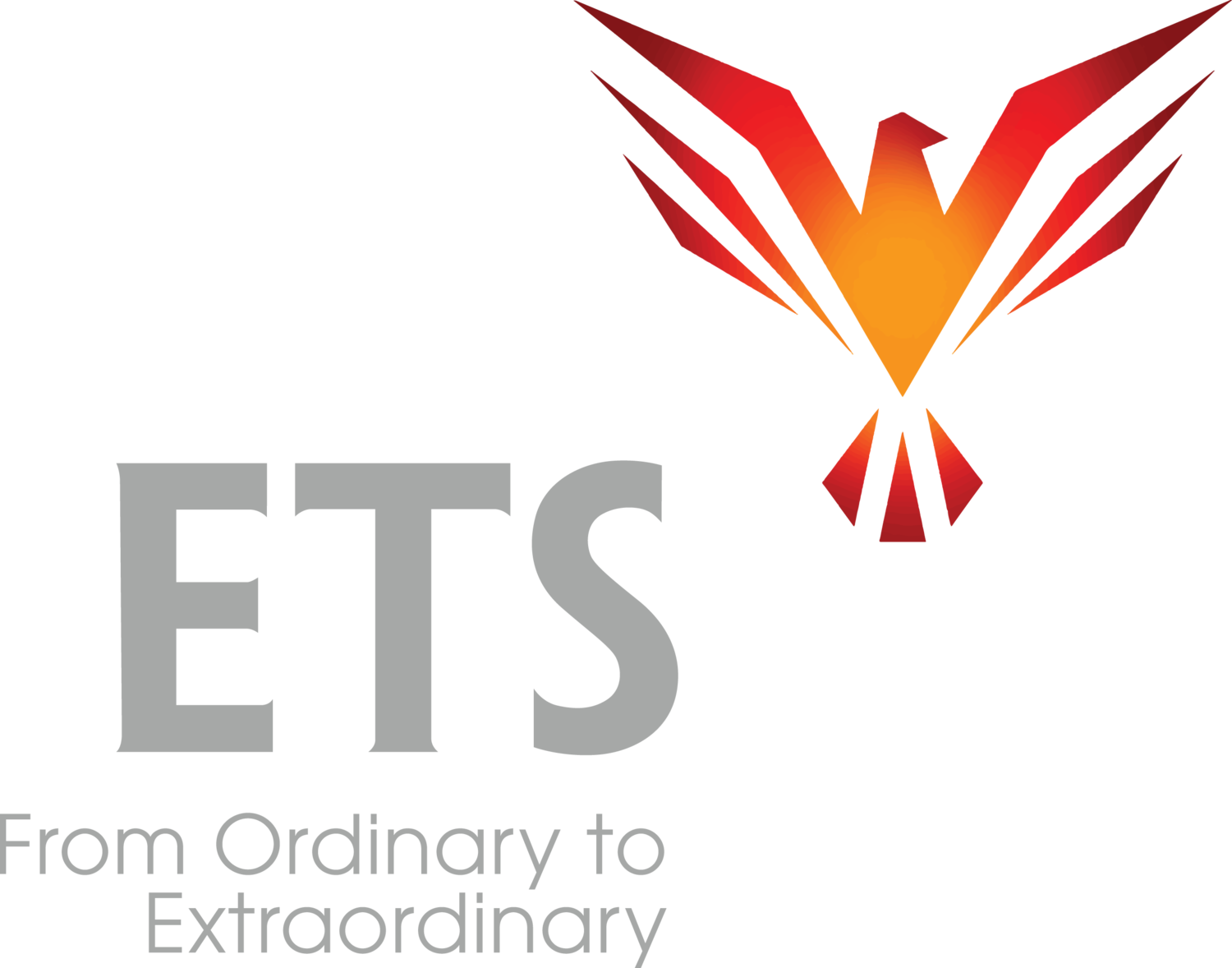John sat down in front of me with a sour look on his face.
We were filming his first video in the Causative Communication training session. I have the students role-play a real situation with me, a situation from their lives that’s challenging for them so I can see how they handle pushback. We hadn’t even started and he was already looking at me with resentment.
It didn’t help that the look on his face was overlaid with a thin veneer of artificial civility. The first words he said to me were the forced polite, “Hello, how are you?” with a small, tight, fake smile. The look in his eyes told me he didn’t care.
John had no idea he looked this way.
Then John told me what he wanted from me in a tone of suppressed exasperation. He was restraining his frustration, but it was unmistakable. His face and tone betrayed him.
This made his communication feeble, the outcome hopeless. It made him powerless.
When we were discussing it afterwards, I asked John what he was thinking when he first sat down with me.
He said, “The last two times I tried to talk to this person, it really didn’t go well. I got nothing but resistance. I was expecting the same resistance again.”
And this was exactly what I was seeing – his overwhelming anticipation of a person he couldn’t influence, anticipation of an unsurmountable problem. Which is the same as saying that he came into this situation dragging the past into the present and anticipating failure.
John had no idea he was doing this. And he had no idea the impact it was having on his outcome.
Why is this important?
